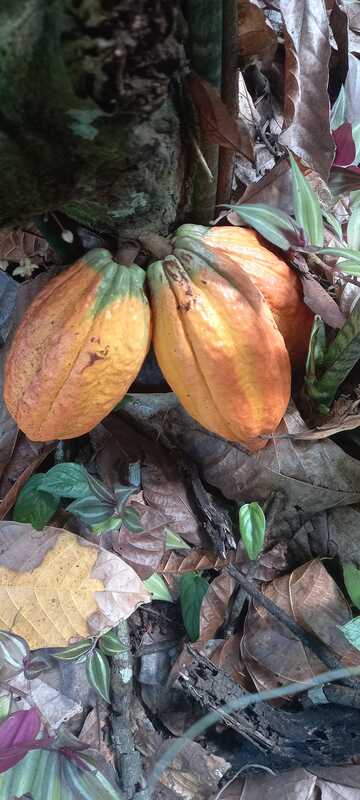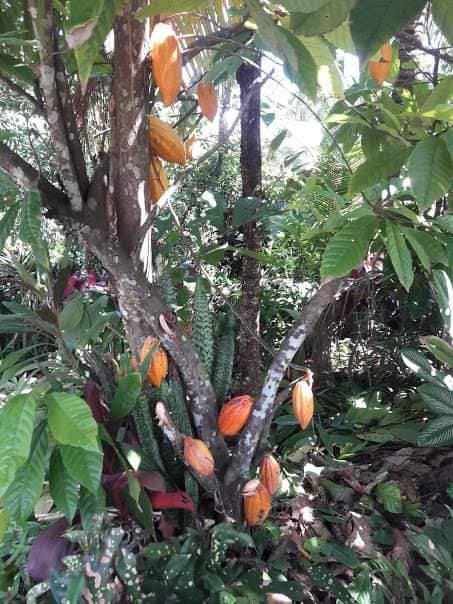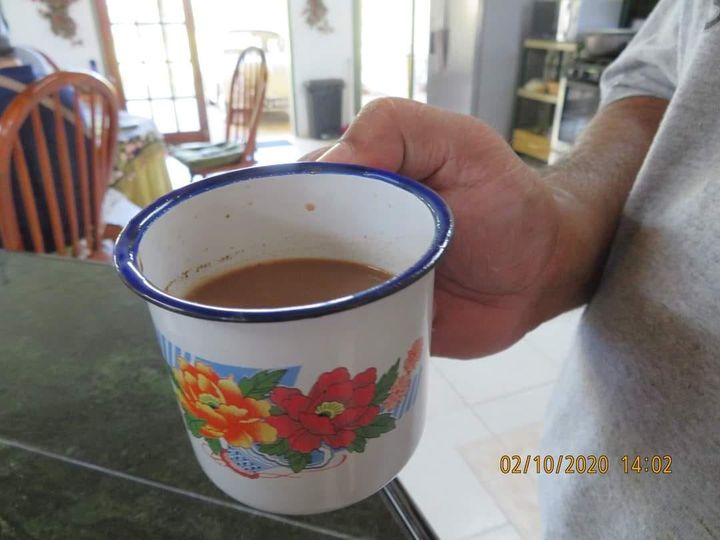|
ABVMTT extends heartiest congratulations to the three Trinidadians, Doolarie Ramdath, Shankar Teelucksingh and Stephanie Omardeen who have been awarded silver in the 2023 Cacao of Excellence Awards for the Central America and Caribbean region. This recognition highlights the exceptional quality and flavour diversity of cocoa produced in T&T and solidifies its position as one of the leading cocoa-producing regions in the world.
The history of Cocoa in Trinidad dates back to the early days when the Spaniards were the first to commercially cultivate it. The Spaniards first planted the Criollo variety in Trinidad in 1525. Today, we travel back in time to the distant past to find out about the legend associated with the first cacao plant and how it arrived in Trinidad. Ancient legend tells us about the Feathered Serpent God, Quetzalcoatl who gifted the Meso-American peoples with miraculous cocoa seeds. He wanted his people to be able to live healthily and be well fed so that they could become the best version of themselves: being generous, talented, hard-working & knowledgeable. The Ancient Mesoamericans considered that the cacao tree was sacred, which is why chocolate became known as the food of the gods.They would make a drink from cacao beans that were believed to have spiritual powers and mood-enhancing capabilities. This drink was consumed during sacred ceremonies of birth, death, and marriage by nobles, priests, rulers, and warriors. Montezuma II, the Aztec ruler of Mexico, is traditionally believed to play a major role in spreading cocoa to other countries. History reveals that Montezuma supposedly consumed gallons of chocolate daily as an aphrodisiac and energy drink. He was also known to share his cacao beans with his warriors. Christopher Columbus encountered the beans in 1502, as did Hernan Cortes, who dominated the Aztecs in the Yucatan. Cortes and his conquistadores were served a bitter, hot beverage spiced with pepper and little resembling the stuff we call chocolate today. According to the legend, Cortés brought the first cocoa seeds to Spain from one of his expeditions to America. When he and his troops were looking for gold and riches, the last Aztec emperor Cuahutémoc, shared a cup of cocoa with him. According to historical records cocoa seems to have been introduced in Trinidad in the 17th century, since it was one of the few cash crops cultivated for export by the Spanish settlers. It was also grown by subjugated Amerindians on the missions established by Capuchin monks from 1687-90. At its peak in1830, Trinidad and Tobago was the world’s third highest producer of cocoa, after Venezuela and Ecuador, producing 20% of the world’s cocoa. Though cocoa is no longer the cash crop it used to be, we the citizens of T&T can still boast that some of the finest cocoa beans come from here. So, next time you enjoy a cup of hot cocoa tea , make sure to remember all of its beautiful histories and share it with our young children. (Source: Angelo Bissessarsingh's Virtual Museum of Trinidad and Tobago, March 10, 2024)
0 Comments
Leave a Reply. |
T&T news blogThe intent of this blog is to bring some news from home and other fun items. If you enjoy what you read, please leave us a comment.. Archives
July 2025
Categories
All
|




 RSS Feed
RSS Feed